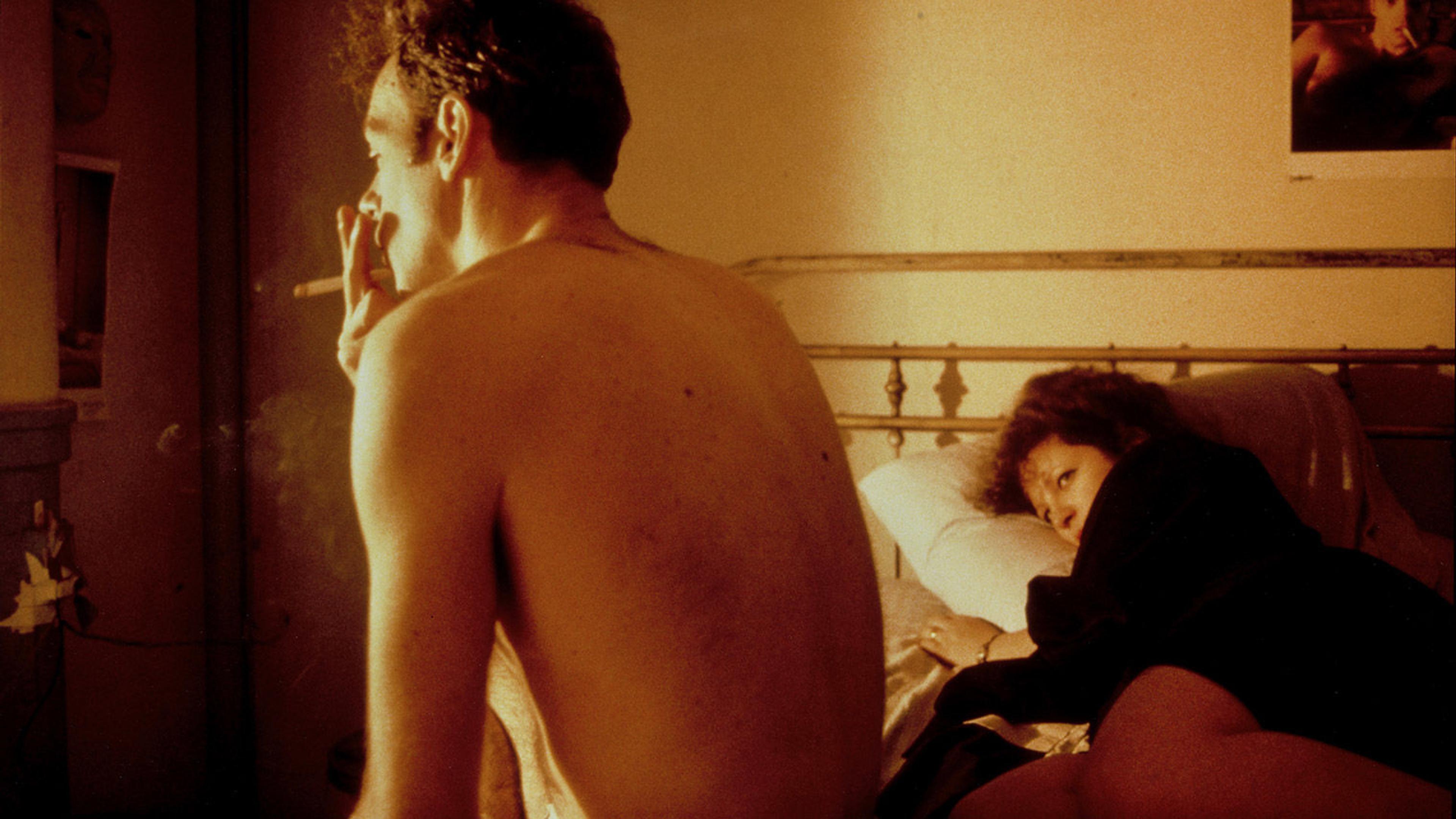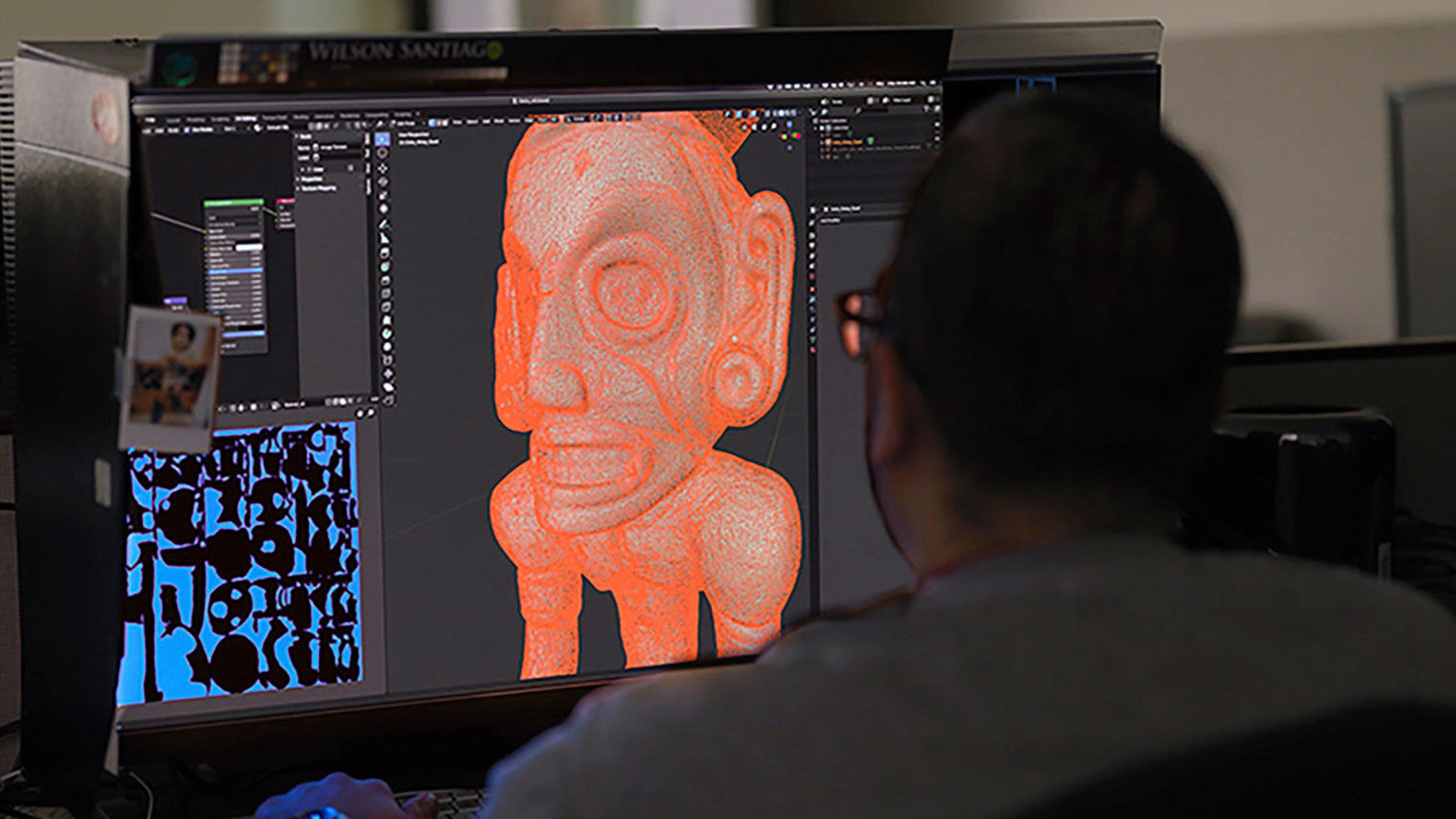Each month, The Met is sharing videos, essays, and other media that speak to a specific theme relevant to our present times. This month, we bring you a selection of artworks that represent home. This includes period rooms and other historic interiors, works of art you can bring home in augmented reality, and more. Douglas Eklund, a curator in The Met’s Department of Photographs, opens with Thomas Struth’s family portrait The Okutsu Family in Tatami Room, Yamaguchi. Sit back in your favorite easy chair (or grab this book about their history) and read on.
Thomas Struth (German, b. 1954). The Okutsu Family in Tatami Room, Yamaguchi, 1996. Chromogenic print, 58 1/4 x 69 1/4 in. (148 x 175.9 cm). The Metropolitan Museum of Art, New York, Purchase, Harriet Ames Charitable Trust Gift, 2000 (2000.104). © Thomas Struth

One of the most surreal aspects of present life is having everyone, all at once, "sheltering in place" for months on end. As the saying goes, a house is not a home. Without our usual distractions and hobbies, we become students and observers of our relationships to the people we live with, causing a mass stress test for the psychological foundations that undergird each family unit.
Thomas Struth's extraordinary "Family Photographs" reconcile their sitters—necessarily free agents—in a harmonious gestalt. They are models of therapeutic looking. In fact, Struth's series was inspired by analyzing his family photo albums with his psychiatrist, where he came to appreciate the cat's cradle of relationships a camera can capture.
In The Okutsu Family in Tatami Room, Yamaguchi (1996), Struth portrays the family of his friend Kiyoshi Okutsu, a Japanese professor of aesthetics and philosophy. A longtime practitioner of the Chinese martial art of t'ai chi ch'uan, Struth brings its emphasis on mindfulness to bear within his process. Struth uses an old-fashioned view camera, and he stands next to the lens as each subject stares into it for several long seconds. The composite of those four gazes is then met by each viewer, who brings her own experience of family, completing the portrait's meaning. At a time when we may feel exasperated by too much time with loved ones, the photograph offers a healing vision of simultaneous autonomy and interconnectedness.
Looking at this image from home does limit its power: this small reproduction does not capture the mesmerizing, embodied effect of relating to the figures at life size in the actual five-by-six-foot work of art. In the flesh, it is an intensely humanistic and restorative experience.
Sara Berman’s Closet
How would you feel if you knew your children preserved your closet and installed it at The Met? The very thought might make you tidy it up, and in 2017, author and illustrator Maira Kalman teamed up with her son Alex, Director of the Mmuseumm, to install the closet of her mother, Sara Berman, in the American Wing. “She would have thought it was ridiculous,” Alex says of his grandmother, but after divorcing her husband of thirty-eight years, she refined her taste and lifestyle with utmost minimalism (she wore only white) and precision (only the most necessary items appear in the closet).
Sarah Berman’s closet’s simplicity tells the story of a woman who endured displacement as an immigrant from Belarus and Palestine, the trauma of leaving so much behind, and her awareness of the value of the essential. Maira Kalman explains in this lecture how inspiring it was that her mother remade herself with courage and optimism, and how the closet is about “the tenderness of creating your own life.”
The Symbolism of the Bedroom
Nan Goldin (American, b. 1953). Nan and Brian in Bed, NYC, 1983. Silver dye bleach print, 3 ¼ × 5 1/4 in. (8.3 × 13.3 cm). Purchase, The Horace W. Goldsmith Foundation Gift, Joyce and Robert Menschel, 2001 (2001.627)

From the vantage of 2020, artist Christian Bérard’s claim that he could live his whole life in bed has turned out to be less surreal than he thought. The pandemic has found many of us converting our bedrooms into offices, movie theaters, and dining rooms all in one. Across these long months, it has been the site of celebrations, losses, births, and illnesses.
In this Connections episode, curator Jeff Rosenheim explores all the contradictions contained in the bedroom. Taking the examples of The Met’s period rooms and Walker Evans’s photographs of boarding houses in the Great Depression, Rosenheim says, “The emptiness is filled by the attention you pay to it.” For him, the bedroom is the locus for dreams, memories, sensuality, and comfort, a space for “the exploration of my own life.”
Period Rooms
Frank Lloyd Wright (American, 1867–1959). Living Room from the Francis W. Little House: Windows and paneling, 1912–14. Oak, leaded glass, 13 ft. 7 1/2 in. × 28 ft. 7 in. × 47 ft. 8 5/8 in. (415.3 × 871.2 × 1454.5 cm). The Metropolitan Museum of Art, New York, Purchase, Emily Crane Chadbourne Bequest, 1972 (1972.60.1). © 2020 Artists Rights Society (ARS), New York

Few homes are as iconic as the Francis W. Little House designed by Frank Lloyd Wright or as ornate as the Worsham-Rockefeller Dressing Room. But American domestic architecture and furnishings are incredibly diverse, and The Met represents its traditions through several period rooms in the Museum’s American Wing. This summer, we made those rooms available to peruse online.
Explore a Dutch groote kaner, an impressive Georgian mansion, a mid-century-modern living room, and more. And for added flair, set these period rooms and more as your background during your next virtual meeting.
Lisa Yuskavage on Edouard Vuillard’s The Green Interior
In a small painting by Edouard Vuillard of his mother sewing, painter Lisa Yuskavage sees something “quietly provocative.” Her Artist Project episode above takes us from the first glance of a scene straightforward and domestic to the ominous claustrophobia that creeps in, an experience that might be all-too familiar after months indoors.
“The painting is screaming. That color is screaming,” Yuskavage says of the unsettling green. She concludes, “I think every artwork deserves to be looked at in person,” but until the Museum reopens, we have to rely on her keen painter’s understanding to help us see.
Bring an Island Deity to Life with Augmented Reality
Imaging Production Manager Wilson Santiago works on an AR model of the zemí cohoba stand.

The Met is still closed for visitors, at least until late August, but you still have access to marvelous works of art. Earlier this summer, a team of curators, photographers, and technologists got together to bring a Taíno deity known as a zemí to life. With Apple’s augmented reality function, you can display this wooden figure—which the Taíno people believe contains an ancestral spirit with healing power—in the comfort of your own home. Hang out with the zemí and check out how we did it.
